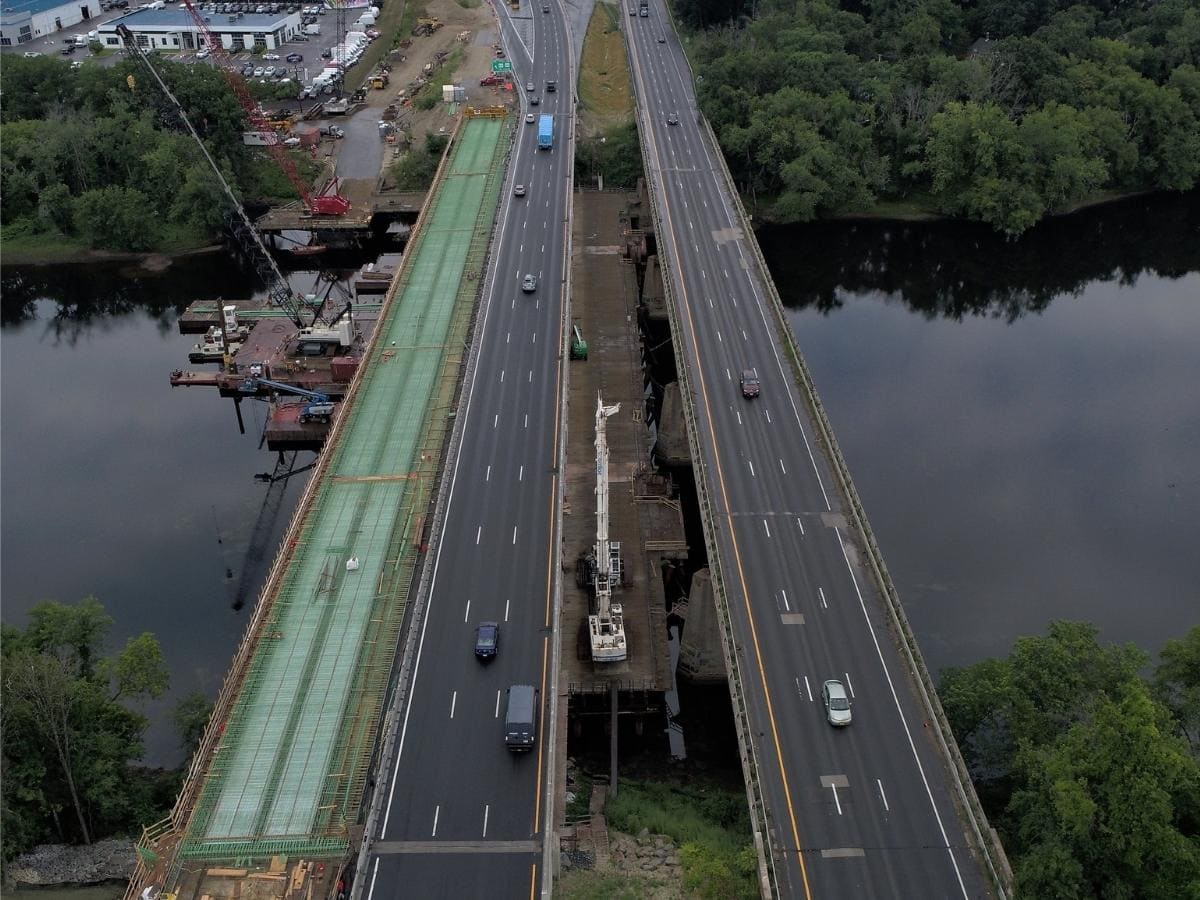Longevity and durability are prime considerations when it comes to building and maintaining bridges. While traditional steel reinforcement has long been the industry standard here, it is also highly prone to corrosion, especially in coastal or de-icing salt environments, posing a significant challenge. That’s where NEOBARS – GFRP (Glass Fiber Reinforced Polymer) rebar steps to the forefront as a game-changer. Here’s more on it:
What is GFRP Rebar?
GFRP rebar is a composite material made of high-strength glass fibers embedded in a polymer resin matrix. Unlike steel, it’s non-corrosive, lightweight, and non-conductive. These qualities make it a strong alternative for infrastructure projects where exposure to harsh environmental elements is inevitable.
Why GFRP is a Better Alternative for Bridges
1. Corrosion Resistance
GFRP is naturally resistant to rust and chemical corrosion. It doesn’t degrade even in high-salinity environments like marine bridges or snowy regions, drastically reducing maintenance and repair needs.
2. Longer Service Life
With proper design and installation, bridges reinforced with GFRP can last 75 to 100 years or more, often outlasting those built with steel rebar. This extended life cycle means fewer disruptions and lower lifecycle costs.
3. Lightweight Yet Strong
GFRP rebar is 75% lighter than steel but offers impressive tensile strength. This quality reduces transportation and labour costs, eases handling and installation on-site, and minimizes overall structural load.
4. Non-Conductive and Non-Magnetic
The electromagnetic neutrality of GFRP prevents interference and enhances safety in sensitive applications like railways, medical facilities, or bridges near power lines. This makes it ideal for not only bridges but also seawalls and piers, parking structures, tunnels, and retaining walls. In fact, many government infrastructure bodies have started specifying GFRP for projects where durability and resistance to corrosion are critical.
5. Sustainability & Cost Efficiency
Besides being cheaper than the steel alternatives, GFRP also delivers long-term savings with reduced maintenance, fewer replacements, and lower material transport and installation costs. Moreover, by extending the service life of bridges, GFRP supports a more sustainable approach to construction, one that aligns with modern environmental goals.
A Smarter Investment for Future-Proof Bridges
As infrastructure demands continue to grow, building smarter and more resilient structures is a necessity. GFRP rebar offers a powerful solution to one of the most persistent problems in bridge construction, that is, corrosion. Steel-reinforced bridges are vulnerable to chloride attack from de-icing salts and seawater, rusting, which expands and causes concrete cracking, and frequent maintenance and costly repairs.
Over time, corrosion adversely affects the bridge’s load-carrying capacity, compromising safety. By adopting GFRP, engineers and builders can create bridges that last longer, perform better, and require less maintenance, ultimately saving time, money, and resources while ensuring public safety.
